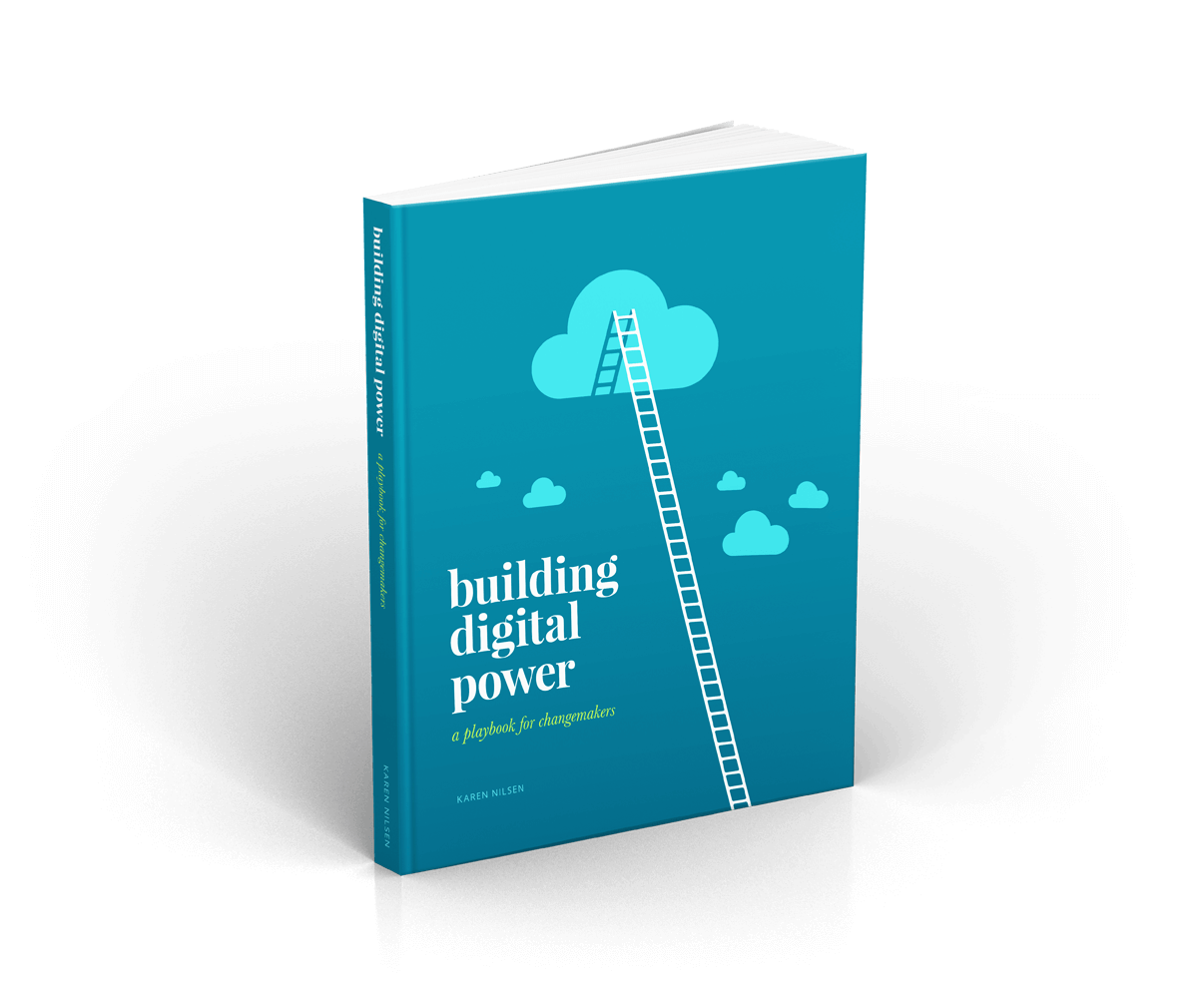3 Design Cues That Prime Supporters for Action
It can feel intuitive to place your action form elements at the end of your page—after your theory of change. However, your supporter might lose interest or fail to grasp their own relevance unless you spell it out early...
That’s the insight from iterative optimization tests conducted on a series of Animals Australia action pages. Between them these pages facilitated over one million actions. The lesson is simple. Don’t force your supporter to read everything before telling them they have a role to play. Place at least one visual device ‘above the fold’ (within the top section of your page that is visible before most people need to scroll) to prime your supporter for action.
Here are three simple ways to achieve that.
1. Add an action form element
This might be your action form itself, or it could just be a ‘take action’ button that jumps to the form elsewhere on your page.
2. Add an action tally
This shows how many people have already taken action. Add a goal indicator to signal that your supporter’s signature is needed. This doubles as a social-norm device.
Fast-track your digital strategy learning curve.
Free eBook3. Add an action headline
Clear action headlines reveal that the purpose of the page is to solve a specific problem.
Example:
“CruelCompany™: stop testing on animals!”
Forget everything you know about your page. Now load it up and ask yourself (without scrolling) whether your visitor’s relevance to the page is clear. If it is, well done! You just bought enough time for the rest of your visual cues to take over and guide your visitor towards completing their action.
Please, Abandon Your Action Lists
As changemakers, it’s our job to dream up all the ways our supporters can get involved to help our cause or win our campaign. However, we can do better than simply listing these actions. Action lists...
 Quick read
Quick read
As changemakers, it’s our job to dream up all the ways our supporters can get involved to help our cause or win...
Continue →Get a free weekly digital strategy tip:
Unsubscribe any time. We respect your data. View the privacy policy.
Like this tip? Share it!






